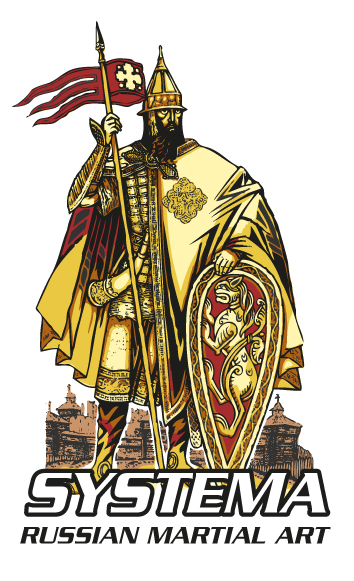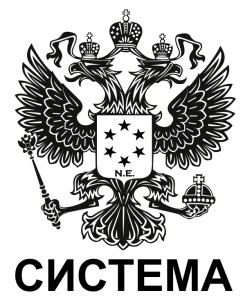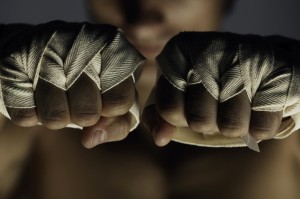 Martial arts are generally known as a tradition of combat practices specific to self-defense, physical and mental strength, fitness, entertainment, and spiritual development. Most of the martial arts we are familiar with in today’s society have a long and storied history. These practices are often associated with eastern Asia and various locations throughout Europe. Judo, Jujitsu, Karate, Gatka, Aikido, and Muay Thai are merely a small example of a long list of traditional arts.
Martial arts are generally known as a tradition of combat practices specific to self-defense, physical and mental strength, fitness, entertainment, and spiritual development. Most of the martial arts we are familiar with in today’s society have a long and storied history. These practices are often associated with eastern Asia and various locations throughout Europe. Judo, Jujitsu, Karate, Gatka, Aikido, and Muay Thai are merely a small example of a long list of traditional arts.
Occasionally a new type of martial art or new interpretation comes along and attempts to combine a number of existing styles. The Russians have developed a new method known as Systema. Founded among the Russian military elites, Systema has become a widely respected and practiced martial art.
Systema is an intuitive, zen fighting style that emphasizes spontaneity and relaxation. This martial art does not come with rules, repetitive movements, or any particular classification of skill like blue or black belts. Systema has even become a favorite of the United States Military, as Navy Seals and Green Berets alike have begun to adopt the methods offered by this martial art.
In this article ozy.com article, participants meet with Martin Wheeler, a well-known practitioner of the art. Wheeler describes Systema by four main pillars – breathing, relaxation, movement, and structure. One of the most intriguing points he makes about Systema is in his difficulty in giving it an exact definition. According to Wheeler, his concept of the art is constantly changing. At the root of this style is a fluidity that comes from mental awareness and relaxation in the moment.
The art resembles a type of dance when in motion. Wheeler demonstrates his ability to effortlessly exist in the moment, control his breathing, and react without panic. According to Vladimir Vasiliev, one of the founders of modern Systema, you are eliminating fear in the body.
One potential and obvious application of Systema would be with the police. Many police officers and the citizens they serve and protect would prefer a less lethal approach. As noted by Nate Morrison, a special ops veteran and police instructor, this type of training would be a great public relations asset. Systema’s founders, however, are a bit hesitant to put themselves out there and advertise the art. Many believe it is a discipline that could thrive in today’s society.
Be sure to check out the video here.
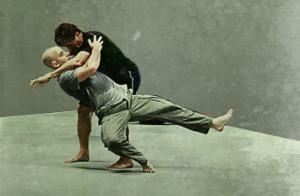 In the combat world, there are multiple different techniques that one might use. Each combat situation is different, so it’s good to know which type of combat to use in a certain situation. There are thousands of combat moves, but they generally can be narrowed down into more specific categories. Below are the top 5 hand-to-hand combat techniques that one should keep in mind if the situation happens to arise.
In the combat world, there are multiple different techniques that one might use. Each combat situation is different, so it’s good to know which type of combat to use in a certain situation. There are thousands of combat moves, but they generally can be narrowed down into more specific categories. Below are the top 5 hand-to-hand combat techniques that one should keep in mind if the situation happens to arise.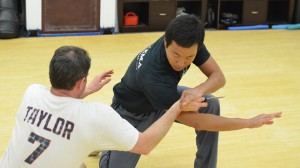 As a martial art developed by the Russian military, Systema focuses on relaxation and breathing techniques in addition to hand-to-hand and weapon combat. On the Russian Martial Art website, Vladimir Vasiliev describes the secret of systema and its unique method of combat.
As a martial art developed by the Russian military, Systema focuses on relaxation and breathing techniques in addition to hand-to-hand and weapon combat. On the Russian Martial Art website, Vladimir Vasiliev describes the secret of systema and its unique method of combat.